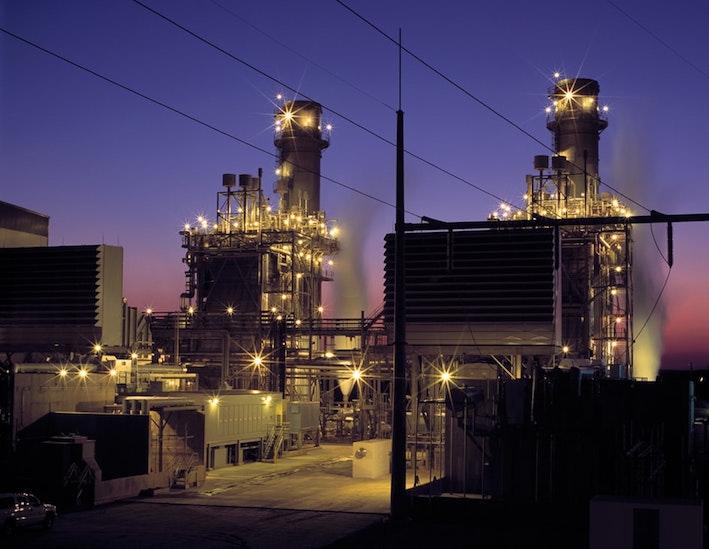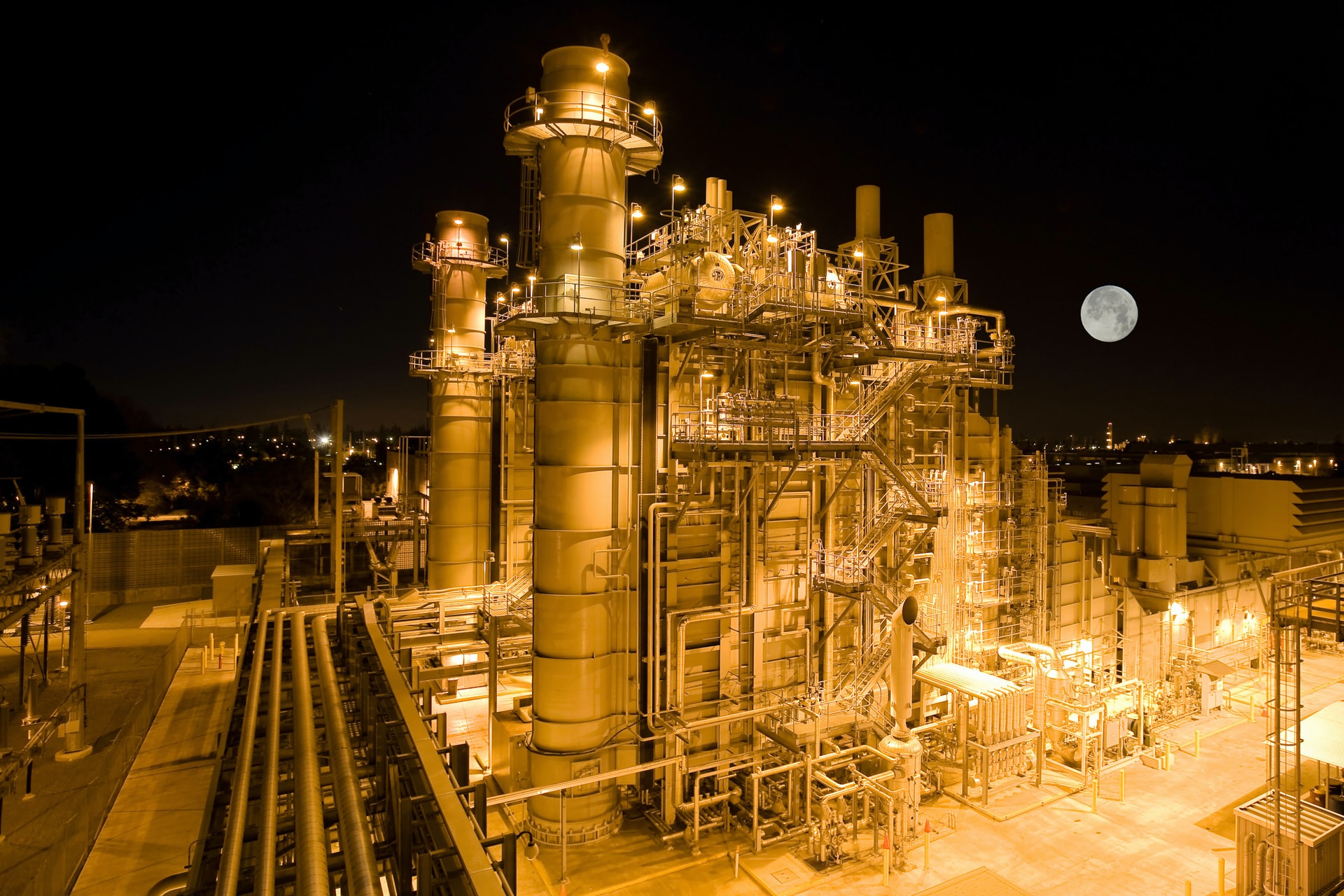
You have questions about natural gas, and we have answers! Today, we’re answering 10 top questions to provide you with the information you want. We will delve into the origins of natural gas, its extraction process, environmental advantages, global production, and other essential aspects that make it such a significant energy source.
Answering Your Top Questions About Natural Gas
Read on to find the answers you’re looking for, and be sure to contact RP Gas Piping if you have more questions about natural gas in Arizona.
What is natural gas?
Natural gas—the Earth’s cleanest fossil fuel—is used extensively in residential, commercial, and industrial applications, mainly for generating electricity and heat. Natural gas is a mixture of gases rich in hydrocarbons.
It’s important to note that natural gas undergoes processing—we don’t use it in its pure form. Before consumption, it must be processed and converted into cleaner fuel.
Read more about what precisely natural gas is here.
How is natural gas produced?
A process that involves exploration, drilling, extraction, and processing produces natural gas.
Let’s explore the critical steps involved in the production of natural gas:
Exploration
Geologists and geophysicists study geological formations. They use various techniques, including seismic surveys, to identify potential natural gas reservoirs. They analyze rock formations, underground structures, and other indicators to estimate the presence of natural gas.
Drilling
Once they identify a potential natural gas reservoir, drilling operations begin. Specialized drilling rigs drill deep into the Earth’s surface, often reaching thousands of feet. These drilling rigs penetrate through layers of sedimentary rock, shale, and other formations until they reach the target depth where natural gas could be.
Extraction
After drilling, experts extract the natural gas from the reservoirs.
There are two primary methods of extraction:
1. Conventional extraction
Conventional drilling methods extract natural gas from areas with easily accessible reservoirs.
Once drilled, the pressure within the reservoir forces the gas to flow up the wellbore to the surface. Enhancing the flow of natural gas may require the assistance of pumps or compressors.
2. Unconventional extraction (hydraulic fracturing or “fracking” )
In areas with shale gas or tight gas reservoirs, unconventional extraction methods like hydraulic fracturing or fracking are used. This process involves injecting a high-pressure fluid mixture of water, sand, and chemicals into the rock formation, which fractures the shale and releases the trapped natural gas. The gas then flows up the wellbore and is collected at the surface.
Processing
Once the natural gas reaches the surface, it undergoes processing to remove impurities and separate it from other hydrocarbon gases and substances. Processing plants employ various techniques, such as compression, cooling, and condensation, to purify and separate natural gas from impurities.
These impurities include:
- Water
- Sulfur compounds
- Other gases
Transportation and distribution
An extensive network of pipelines transports the purified natural gas to distribution points after processing. Local gas distribution systems further distribute it to end-users, including residential, commercial, and industrial consumers.
Where does natural gas come from?
Natural gas is formed deep beneath the Earth’s surface, near other solid and liquid hydrocarbon beds like coal and crude oil. Once created, the natural gas can resettle within the cracks and spaces within the sediments and rocks. Some natural gas molecules travel until they are trapped by layers of rock, shale, salt, or clay, forming the reservoirs where we find natural gas today.
Natural gas was originally a by-product of crude oil extraction from the ground. Over time uses for natural gas—and the means to transport it—were developed, and natural gas became a vital fuel source worldwide. Today the U.S. produces natural gas from large consolidated underground reserves, independent from crude oil production.
Where is most of the natural gas in the world produced?
Ten countries hold over two-thirds of the world’s total proven natural gas reserves, with the U.S. topping the list, followed by Russia, Iran, China, Qatar, and Canada.
As of 2022, the top 10 natural gas companies produced about 73 percent of the world’s natural gas.
What makes natural gas a clean fuel?
While all fossil fuels impact the environment somehow, natural gas is cleaner and more efficient than oil and coal because it emits less pollution when burned.
When burned, natural gas primarily produces carbon dioxide and water vapor. However, newer and more efficient power plants burn natural gas while emitting between 50 and 60 percent less carbon dioxide than traditional coal plants, reducing their contribution to air pollution.
Natural gas also has a 92 percent efficiency rate from wellhead to home, compared to electricity generated by coal, which operates at a 32 percent efficiency rate.
Which is greener, electricity or natural gas?
There are environmental pros and cons for electricity and natural gas. Ultimately, the one you choose as your home’s energy source will depend on several factors.
For example, there may not be a natural gas supply near your property, ruling it out as an option.
Whether you choose electricity or natural gas for your home, the most important thing is to increase your home’s efficiency as much as possible by upgrading to, or installing, high-efficiency equipment.
Discover more of the differences between electricity and natural gas in this article.
Why does natural gas smell?
Natural gas is a safe, economical, and environmentally friendly choice for heating your home. However, it can be hazardous if it leaks. To give natural gas its distinctive odor of rotten eggs, a harmless chemical called mercaptan is added since natural gas itself is odorless.
It smells bad for a good reason: it means you can detect it quickly in case of a gas leak!
What should I do if I smell gas?
If you smell gas, exit the building immediately, leaving doors and windows open. Once outside, call 911, followed by the gas company that supplies the home or building, and advise them of the leak so they can turn off the gas.
If you can safely shut off the gas valves to your home, do so. Do not smoke, light a match, use a lighter, or switch lights on or off, as this can ignite any gas that may be present in the air.
We share strategies for preventing natural gas explosions in this blog post.
How is the price of natural gas determined?
The market price of natural gas varies depending on supply vs. demand. Weather and other conditions can impact the supply, and when the supply is lower than demand, the price will increase. Demand is mainly seasonal—prices fluctuate heavily in winter.
The need for natural gas is always high due to the limited alternative options for heat generation.
Will we run out of natural gas?
Natural gas is currently abundant, so the world will use it as an energy source for decades to come. Estimates from the Energy Information Administration (EIA) say there are almost 3,000 trillion cubic feet of recoverable natural gas in the U.S.—enough to last about 86 years at the current use rate.
However, accurately determining the exact number of years of supply remaining is impossible. This is especially true as consumption rates continue to rise and extraction outpaces creation.
Conclusion: Do You Have More Questions About Natural Gas?
Natural gas is a clean, efficient, cost-effective fuel source in many Arizona communities. RP Gas Piping is a qualified and licensed gas piping contractor. We can help you plan and install new gas pipelines to maximize benefits and meet local codes.
If you have more questions, contact us today so we can help!
Did you learn a lot from these answers to questions about natural gas?
Read these articles next:
- Do You Know If You Have Natural Gas Lines On Your Property?
- Installing a Natural Gas Pipeline to Exterior and Outdoor Appliances
- 5 Safety Tips for Natural Gas Fireplaces
This article was updated in 2023.


